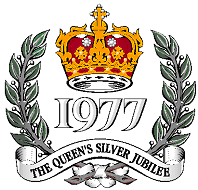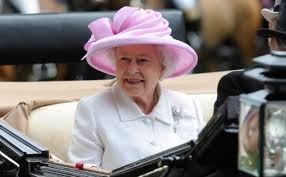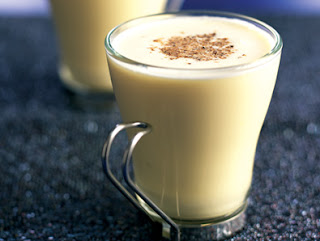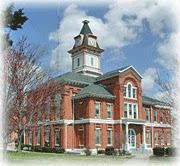Great Britain and the world will celebrate Queen Elizabeth’s sixty-year reign in 2012. We can’t wait!
The logo was chosen from 35,000 entries in a contest sponsored by the BBC. Katherine Dewar, of Chester, age ten, is the talented artist.
The Queen’s Silver Jubilee was celebrated in 1977.
The Golden Jubilee, marking Queen Elizabeth’s fifty years on the throne, was celebrated in 2002. One of the fun events was a grand concert in the Garden of Buckingham Palace — broadcast all over the world. I imagine we will see some of the same kind of spectacles next summer around the official weekend on June, 2012.
Above is a commemorative plate, just one of many souvenirs available. For the very finest quality items, I suggest contacting the Royal collection gift shop here. Think of how valuable it might become, though a quick google search for commemoratives from Victoria’s Jubilee turns up several examples for less than $200, as below.
If you aren’t in a collecting mood so soon after Christmas, you could spend hours surfing the sites devoted to the 2012 jubilee.
Here is the official site, soon to be updated. Above is the jubilee barge, to be used on the Thames during the official weekend of celebrations, beginning June 3, 2012. For more info on the barge, go to the BBC News.
Longer runs will be held for the exhibitions at royal residences. More Information is here. Special exhibitions will be on view at Windsor Castle, Buckingham Palace and the Palace of Holyroodhouse, as well as special showings of the Royal Collections’s drawings by Leonardo da Vinci in England, Scotland and Northern Ireland. Below, Head of Leda, from the Royal Collection, by Leonardo da Vinci, c. 1505-06, probably acquired by Charles II.
Lest we forget what the Diamond Jubilee is celebrating, here are a few pictures of the Queen during her reign.
Above, Andy Warhol’s take on her Majesty. Below, Elizabeth II’s “Golden Jubilee” in 2002.
Here are some more recent photos of the the Queen in 2011:
My choice for the prettiest hat ever is the pink one, worn last June at Ascot. May she reign on (and keep the hatmakers happy)!! Stay tuned for more Diamond Jubilee stories.






















































